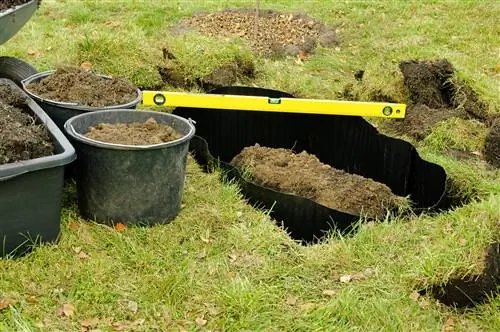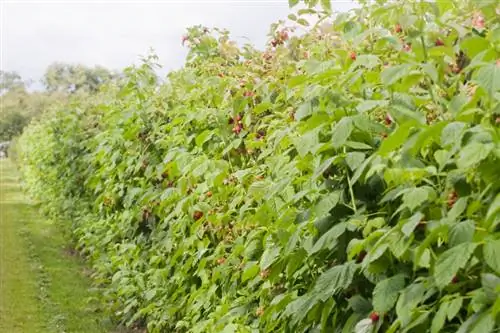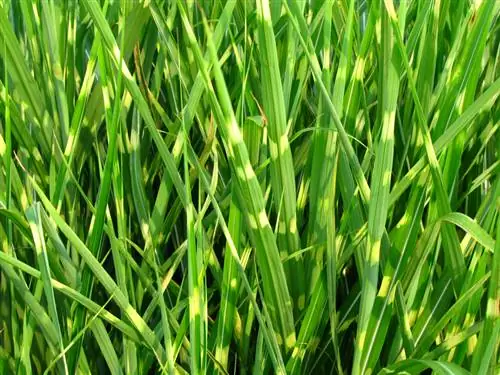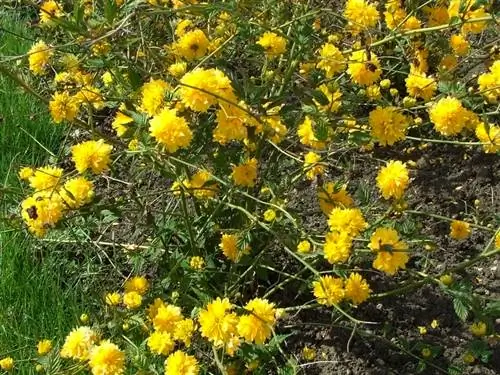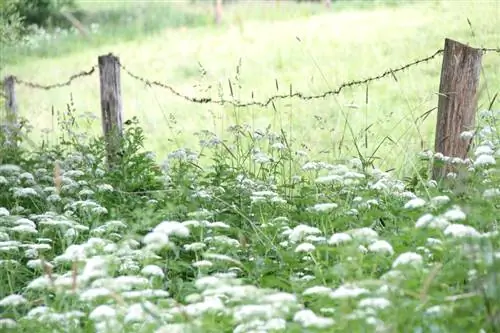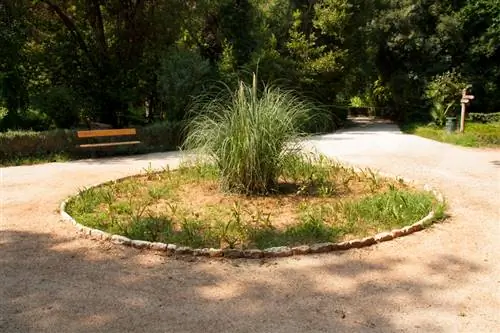- Author admin [email protected].
- Public 2023-12-16 16:46.
- Last modified 2025-01-23 11:22.
Runner-forming plants need a root barrier to keep the urge to spread in the garden under control. Read here whether this premise also applies to the potato rose.
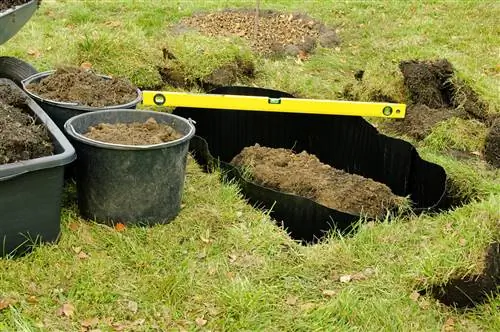
Should you plant the potato rose with a root barrier?
You should plant a potato rose with a root barrier because the wild rose formsstrong runners. Use a 70 cm wide rhizome barrier that you insert60 cm deep with an overhang of 10 cm.
Should you plant the potato rose with a root barrier?
The potato rose (Rosa rugosa) needs a root barrier because the wild rose tirelessly forms longrunners. By planting a potato rose as a solitary plant or hedge with a rhizome barrier, you keep theinvasive spread under control and plant neighbors are not overgrown.
A root barrier is strongly recommended if you use apple roses to plant hedges on the property border. One of the most common causes of disputes between neighbors is the growth of hedge plants growing across the border.
How deep should the potato rose root barrier be?
The correct root barrier for a potato rose is at least60 cm deep and covers an area diameter of at least 80 cm to 100 cm. Buy a 70 cm wide rhizome barrier. To contain the strong runners of an apple rose, the root barrier should protrude 5 cm to 10 cm from the ground. How to do it right:
- Measure the area at the selected location.
- Dig a planting pit.
- Line the pit with the root barrier.
- Connect the ends of the plastic sheet with locking rails (€12.00 on Amazon).
- Planting potato rose.
Tip
Potato rose is easy to care for
The easy-care potato rose (Rosa rugosa) is popular in Germany for planting hedges with a privacy factor. The wild rose from East Asia thrives in any location, whether as a dune rose on the sandy-s alty North Sea coast or as an enclosure in the nutrient-rich soil in the natural garden. Care is limited to annual fertilization with compost and pruning every two to three years.

